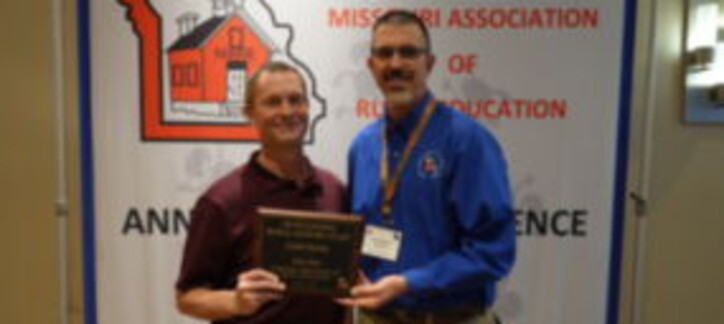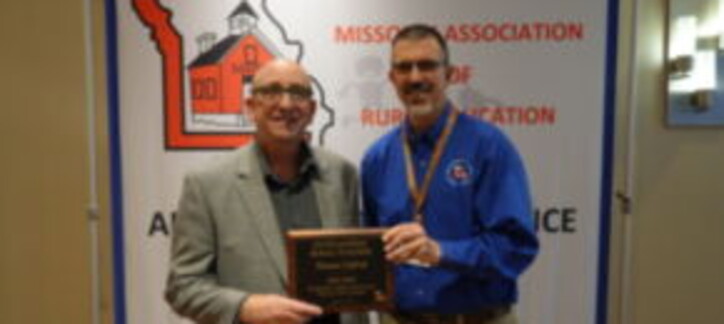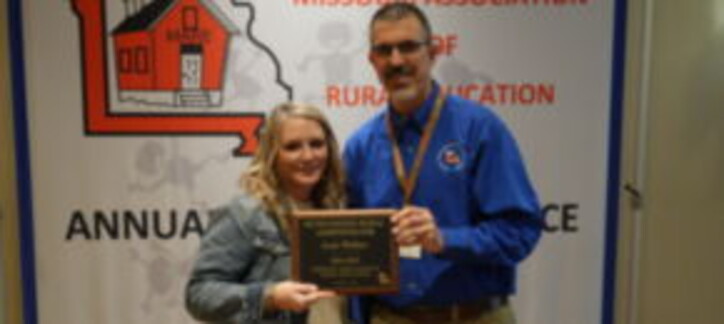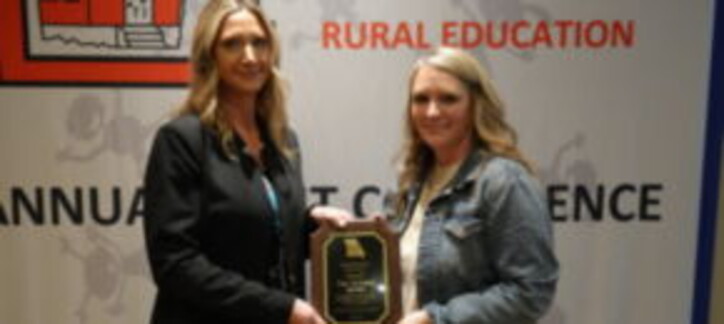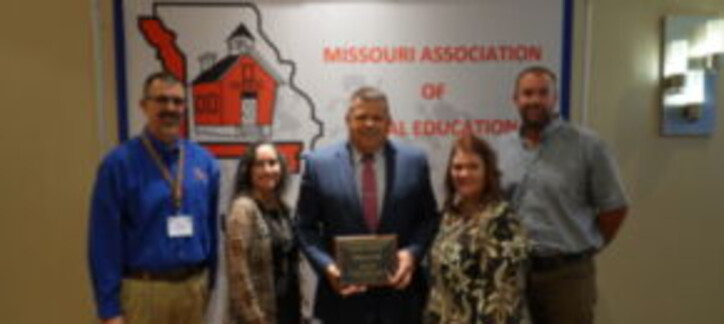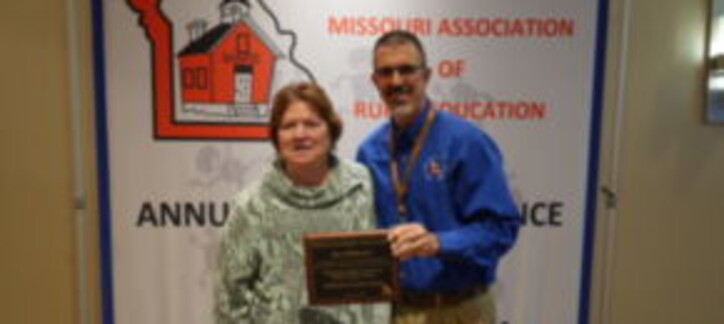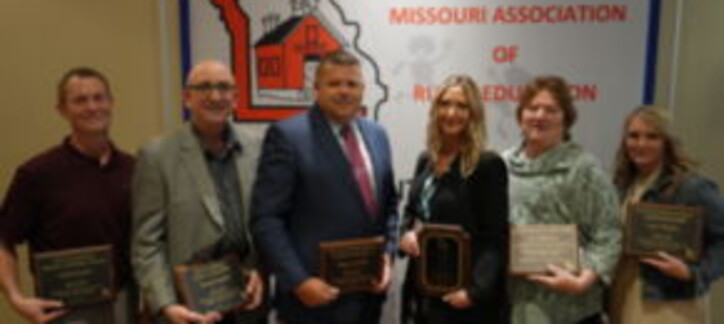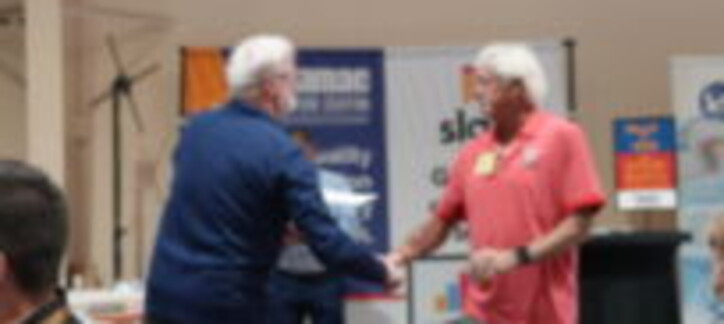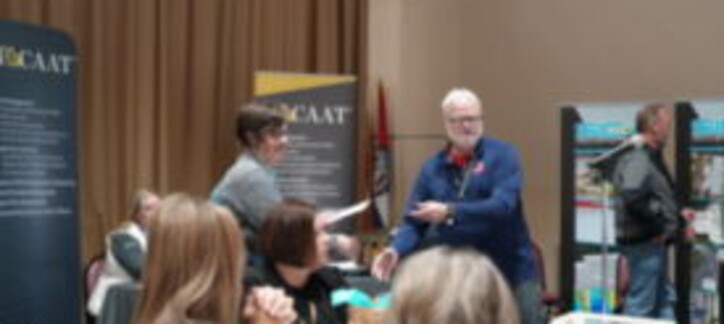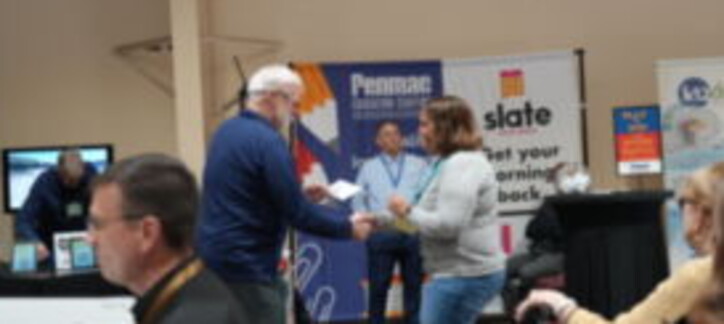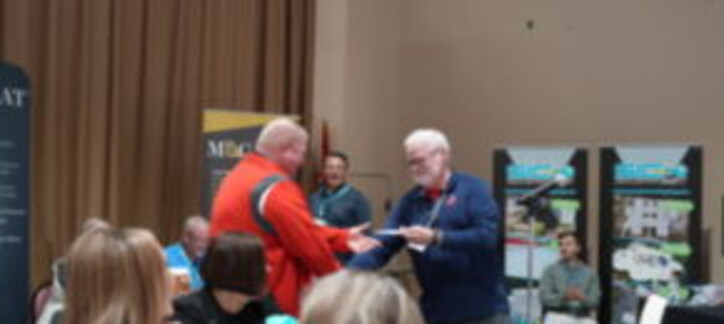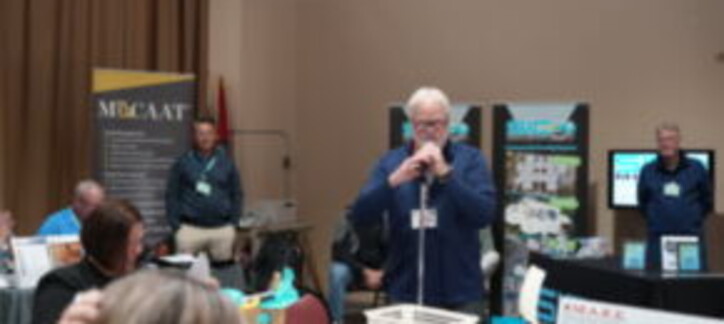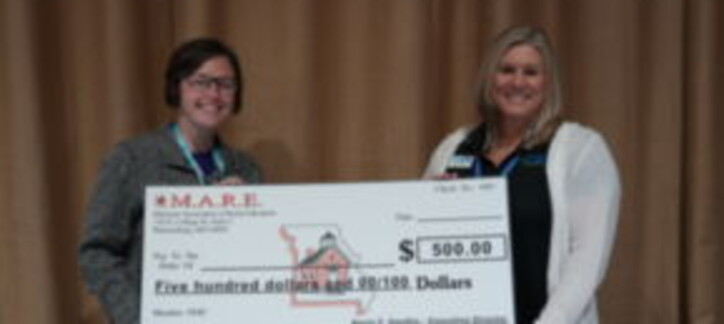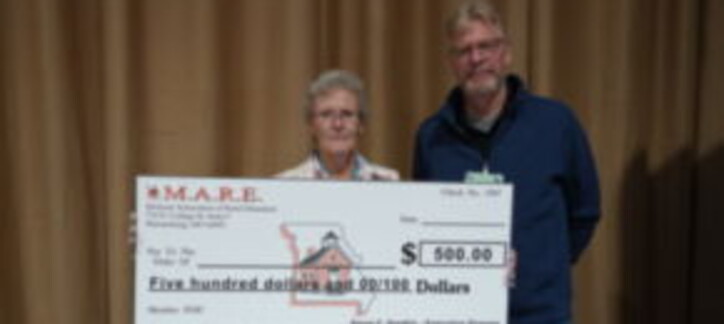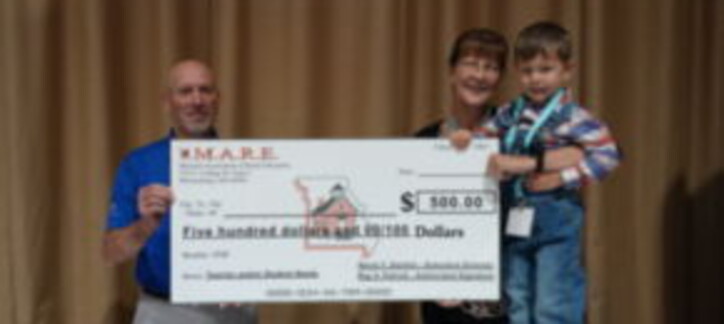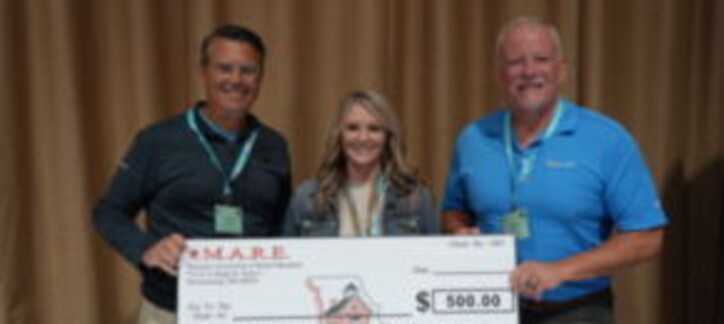eMINTS "Talk to Read" Grant Opportunity - Time is of the Essence!
Literacy Learning meets Speech Recognition
Talk to Read Summary
The eMINTS National Center at the University of Missouri’s College of Education and Human Development with Professor Betsy Baker have teamed up to submit a U.S. Department of Education grant to fund further exciting research on recovering and building literacy skills in second grade utilizing speech recognition technology. Many students struggled with reading and writing prior to COVID-19. Now, even more students are struggling because of the impacts the pandemic had on schools and teachers. Dr. Baker’s research has shown that an underused strategy called the Language Experience Approach results in students increasing their sight vocabulary, reading and skills in a short amount of time. Using SR technologies and PD, this project mitigates challenges to a proven teaching strategy which bolsters children’s reading abilities while being culturally responsive and advancing socio-emotional health.
In the 1960s, Ashton-Warner successfully used the Language Experience Approach (LEA) to support reading acquisition among the Maori of New Zealand. At the time, there were limited texts available in the Maori language. Ashton-Warner overcame this challenge by asking Maori to share their experiences with her. She took dictation and created texts based on Maori experiences using Maori language. Hence, the name: Language Experience Approach. In the ensuring years, LEA has been successfully used with preschoolers, ELL students, special needs middle schoolers, high schoolers, and adults to embrace the cultural and linguistic diversity of multilingual, multinational students as well as students who have dropped behind (see Baker, 2019).
The goal of LEA is to give learners ample opportunities to make matches between oral and written words. However, there is a critical barrier. LEA is labor-intensive. It requires sustained 1:1 interaction between teachers and learners. Due to this barrier, LEA is commonly dismissed or relegated to group dictation which results in amalgamated stories stripped of personally meaningful vocabulary, experiences, and grammar thus rendering it less effective for learners who struggle to read. Until now.
In the past decade, speech recognition (SR) has become ubiquitous on digital devices. While we commonly think of SR as an online assistant by asking, Hey Siri, Hey Alexa, Hey Google, what’s the weather or who is winning the game? SR can also take dictation. Instead of waiting for a teacher, learners can talk to Siri, Alexa or Hey Google and watch their personally meaningful experiences magically appear on the screen in the own vernacular.
Dr. Baker conducted a series of studies and found that students developed over 97% sight word accuracy which indicated that some students’ struggles may be unrelated to their capabilities. Over 50% of the words that users incorporated appear on grades 3-9 high frequency words which indicates increased preparedness to encounter literature and textbooks. In addition, Dr. Baker identified pedagogical tips to integrate SR and LEA. Finally, Dr. Baker identified interface design insights.
We are seeking letters of support (not commitment) for the grant proposal indicating an interest in having second grade teachers participate in professional development, support and data collection starting in January, 2023. Teachers and students will receive tablets, storage carts, speech recognition apps, and other items to support the project. Teachers will participate in 40 hours of professional development. Stipends will be provided for either substitutes or out of contract time.
For more information, please contact Cara Wylie at wyliec@emints.org or by calling 636-357-5358.
References
Ashton-Warner, S. (1963). Teacher. New York, NY: Simon & Schuster.
Baker, E. A. (2019). Talk to Read and Write: Using Speech-Recognition Apps in a First-Grade Writing Center. Language Arts, 96(6), 358-369.
Baker, E. A., & Bradley, C. (2019). Closing the gap between oral lexicons and sight vocabulary: The potential of speech recognition technologies. Journal of Early Childhood Literacy. https://doi.org/10.1177/1468798419851851
Baker, E. A. (2017). Apps, iPads, and Literacy: Examining the Feasibility of Speech Recognition in a First-Grade Classroom. Reading Research Quarterly, 52(3). https://doi.org/10.1002/rrq.170

